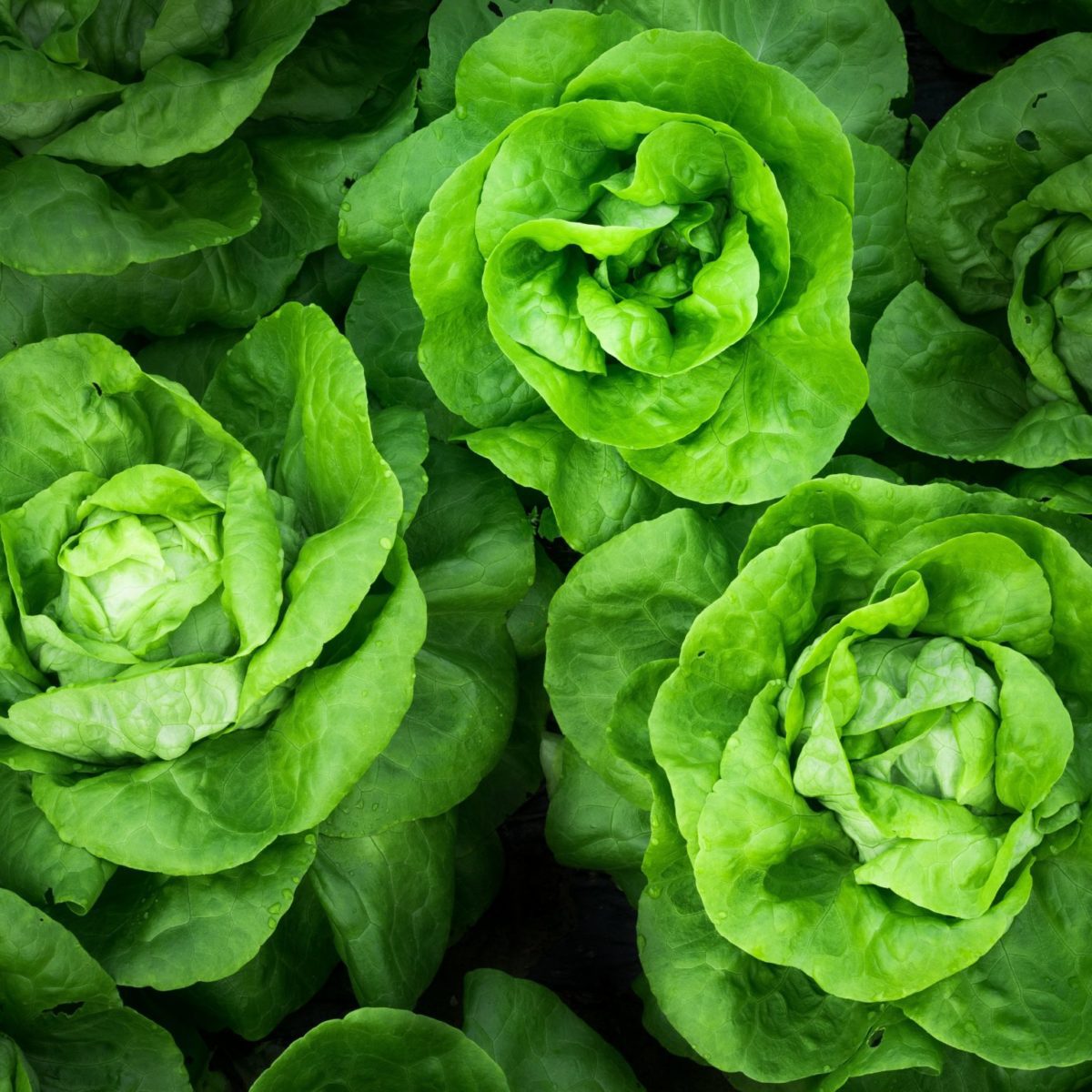
Research investigates material based on poly(butylene succinate), urea and clay
In agricultural production, several of the nutrients needed for the growth and development of plants are supplied or supplemented by fertilizers. Some nutrients, such as phosphorus ($ \rm P $) and potassium ($ \rm K $), are needed in large quantities, but obtained from limited mineral sources. Others – such as manganese ($ \rm Mn $), copper ($ \rm Cu $) or zinc ($ \rm Zn $) – are only needed in small quantities and the excess can be toxic to plants or to important microorganisms present in the soil. Therefore, there is an intense research into new fertilizers that allow the rational delivery of the nutrients necessary for agriculture, avoiding their use in excessive, inefficient use, or environmentally harmful ways.
Another nutrient necessary in great quantity is nitrogen ($\rm N$). This element is an important component of proteins and chlorophyll, and often a prime factor in increasing agricultural productivity. Although abundant in the atmosphere in the form of nitrogen gas ($ \rm N_2 $), the strong triple chemical bond that holds the bound nitrogen atoms makes them unavailable for direct absorption. Therefore, their transformation into forms more accessible to plants is necessary.
Urea ($\rm (NH_2)_2CO$) is a nitrogen fertilizer produced by the reaction of carbon dioxide ($\rm CO_2$) with anhydrous ammonia ($\rm NH_3$) obtained from the nitrogen gas by the process of Haber-Bosch. When applied, urea is converted by microorganisms present in the soil into ammonium bicarbonate, a chemical form that can be used by plants. However, it can also rapidly volatilize into nitrogen gas. Therefore, for better performance, the urea must be well mixed with the soil. Otherwise, exaggerated application of urea to compensate for evaporative losses can lead to plant damage, excessive acidification of the soil, or contamination of aquifers.
In order to improve the application of the sand, V. A. R. Baldanza et al. [1] prepared a slow release fertilizer prepared by of melt mixing the poly(butylene succinate) polymer, or PBS, filled with 30 wt% of urea and 5 wt% of montmorillonite clay 1.
According to the researchers, the LNLS facilities were decisive for the success of the research, allowing a better understanding of the physical nature of the polymer. Using the SAXS1 Small Angle X-ray Scattering (SAXS) beamline, it was possible, for example, to demonstrate the hexagonal configuration of the PBS. In addition, it was observed that the melt mixing process destroys the long period organization of the matrix. Thus, urea is well dispersed throughout the structure, allowing the diffusion of the urea in a slow release mode.
The fertilizer was then tested on lettuce (Lactuca sativa L.), which is the main leafy vegetable crop in Brazil. While the conventional use of urea increased this diameter by 48%, the group verified that the new material developed lead to a 67% increase in lettuce diameter. Hence, the results showed that the composite is useful as a fertilizer, conferring economic and environmental advantages to the crop studied by increasing its yield.
Fonte: [1] Baldanza, V. A. R.; Souza, F. G.; Filho, S. T.; Franco, H. A.; Oliveira, G. E.; Caetano, R. M. J.; Hernandez, J. A. R.; Ferreira Leite, S. G.; Furtado Sousa, A. M.; Nazareth Silva, A. L. J. Appl. Polym. Sci. 2018, e46858, 10.1002/app.46858.
Research investigates method for the production of protein crystals, based on thin films organized by an external electric field
Research determines markers to identify those responsible for the emission of iron-rich particles in cities